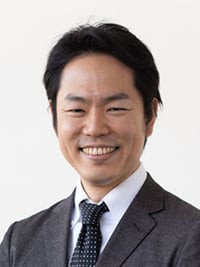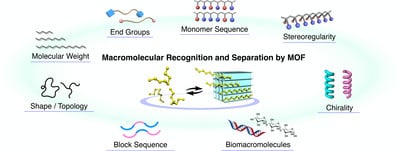Young Faculty / 036
Lecturer Nobuhiko Hosono, Uemura lab, Department of Applied Chemistey

<Biography>
2006: B.S. Faculty of Engineering, Tokyo University of Agriculture and Technology
2008: M.S. Graduate School of Engineering, Tokyo University of Agriculture and Technology
2011: Ph.D. Graduate School of Engineering, The University of Tokyo
2011: Postdoctoral Researcher, Eindhoven University of Technology
2012: Research Fellow (SPD), The Japan Society for the Promotion of Science (JSPS)
2012: Visiting Scholar, Eindhoven University of Technology
2013: Visiting Scholar, University of California, Irvine
2014: Assistant Professor, Institute for Cell-Material Sciences (iCeMS), Institute for Advanced Study (KUIAS), Kyoto University
2018: Lecturer, Department of Advanced Materials Science, Graduate School of Frontier Sciences, The University of Tokyo
2018: Lecturer, Department of Applied Chemistry, School of Engineering, The University of Tokyo (Concurrent post)
<About the Research>
Macromolecular Recognition Systems
Polymer compounds are important materials used in various situations of our lives. Polymer chemists have tried for long years to precisely synthesize and control polymer structures. However, it has remained formidable task. Hence, most of polymeric materials surrounding you consist of a mixture of many polymeric compounds with slightly different molecular structures. For example, end modification reactions of polymers are very important in bioscience and material chemistry, but the ideal end-transformation reaction never proceeds in 100% efficiency. Thus, unreacted polymers that cannot be removed are always present in the mixture. If we could recognize polymer structures precisely to be separated, one can get a variety of polymers with strictly controlled molecular structures.
A lot of research has been done on how to recognize and separate small molecules so far. However, the recognition of macromolecules is very challenging. In general, macromolecules are in the shape of long strings and can take various conformations. As a result, traditional molecular recognition techniques have not been able to identify small differences hidden in their long, large structures.
We are trying to realize macromolecular recognition by using a porous crystal called a metal-organic framework (MOF) as a recognition medium. Macromolecular recognition technology will not only dramatically improve the purity of various polymer materials that have been difficult to purify so far, but it will also be an innovative technology that enables us to obtain polymers with unprecedented structures.
<Future aspirations>
We would like to create a future in which anyone can have access to completely controlled macromolecules with easy and convenient methods.
<WEB>
Lab:http://park.itc.u-tokyo.ac.jp/uemura/en/index.html
DR.Nobuhiko Hosono HP:https://www.nhosono.com/home
You May Also Like
These Related Stories

